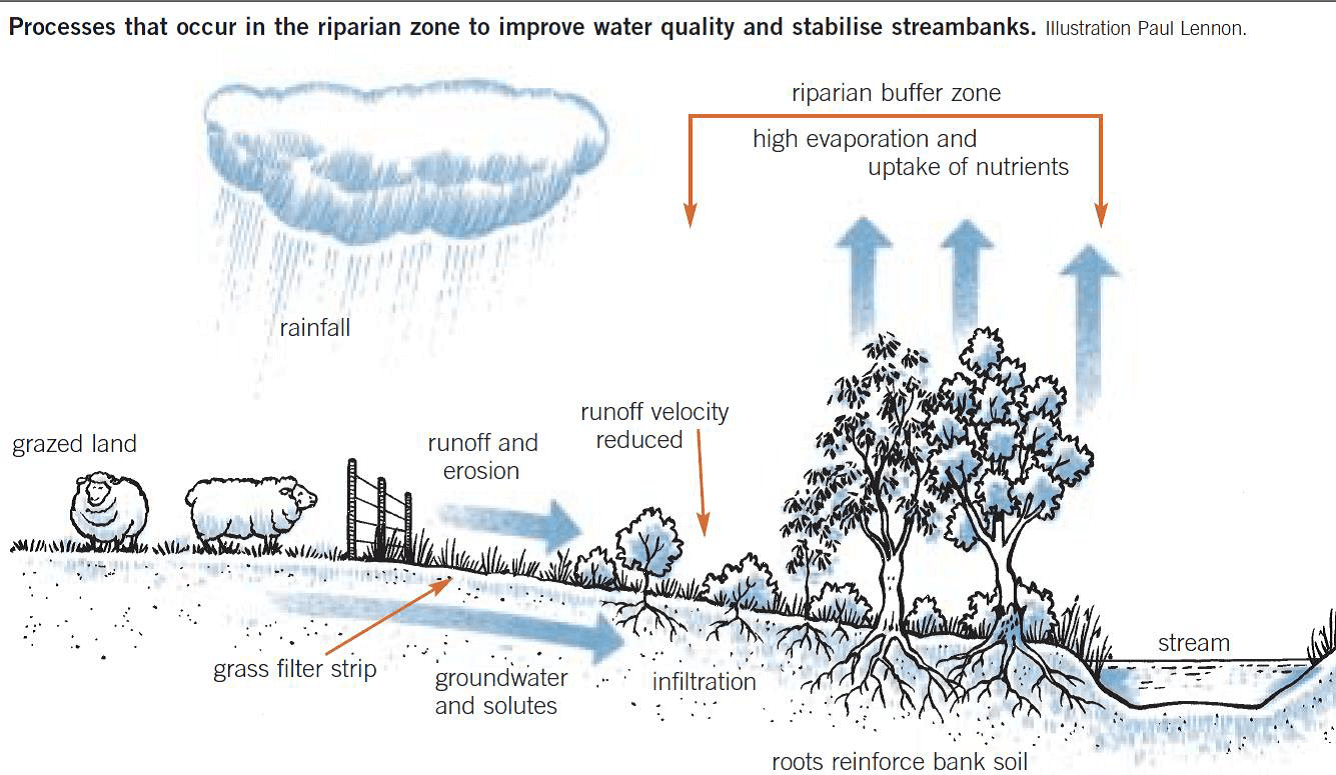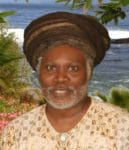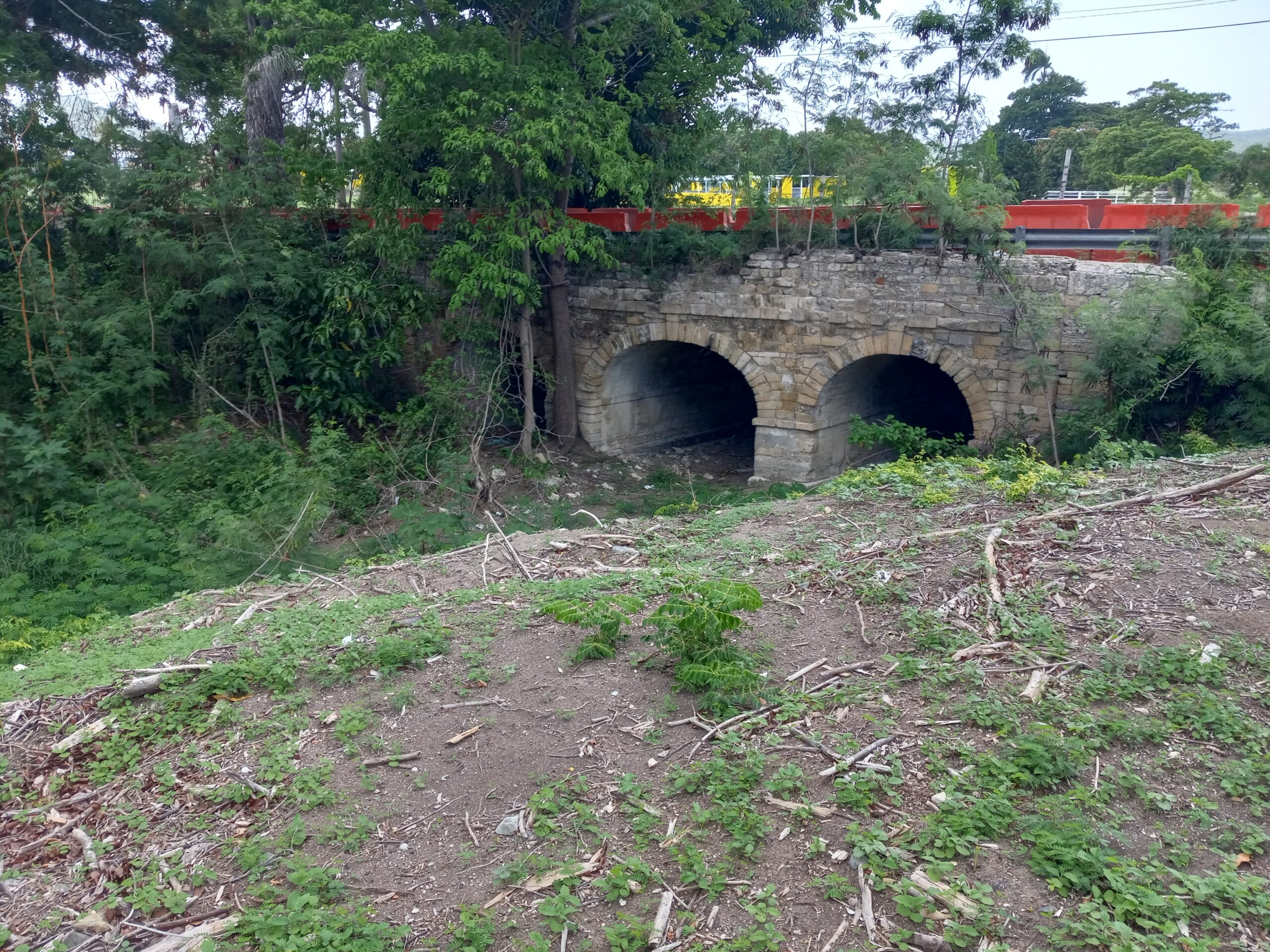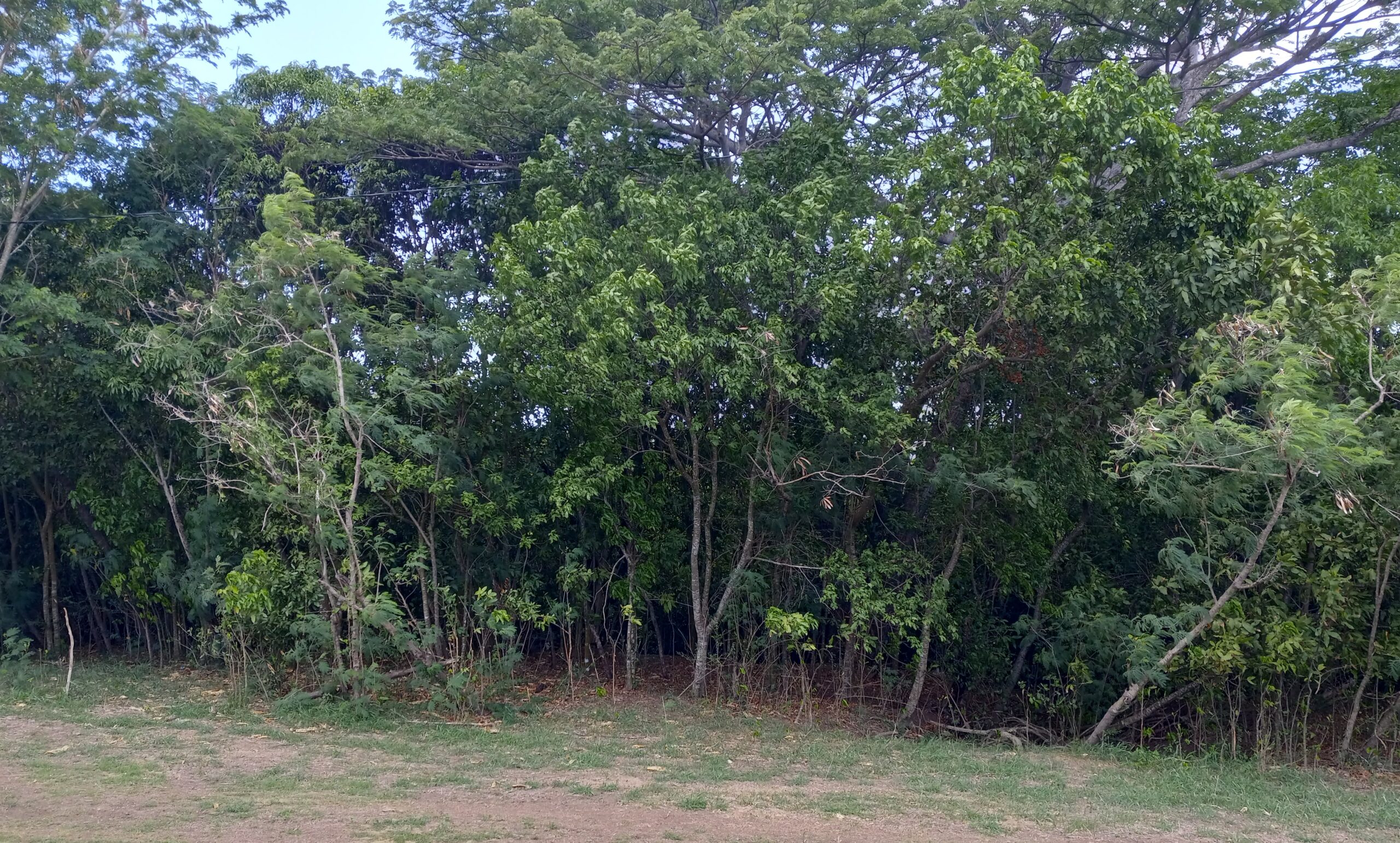
At the beginning of this series on guts, I noted the importance of our government having a policy framework to manage the territory’s critical natural and cultural resources in reference to our waterways. I believe a comprehensive approach is also needed to address both the proprietary and regulatory status of guts in the Virgin Islands in order to protect the resources that benefit us economically as well as culturally.

Nevertheless, there is a legal side to guts in the Virgin Islands, which I won’t address. However, I would say public hearings are the best approach to educate the community about the legal status of our guts. The Department of Planning and Natural Resources should be the agency, or any other legal entities of the government that can address issues of public access to the guts of the Virgin Islands.
I started out writing about guts and streams from a historical point of view. I could write a book on the guts and streams of the Virgin Islands and the legal history, which is important in terms of rights and property. However, the legal issues are not new, for the judicial system of the Danish West Indies also had to address issues relating to streams and how public rights of way were solved. Therefore, it is for our government to rely on historical documents to establish a management plan for guts, which would be a positive outcome for our economy and its people.
From the closing remarks of the scholarly document, titled “Got Guts? The Iconic Streams of the U.S. Virgin Islands and the Law’s Ephemeral Edge,” I quote this section addressing the legal issue of streams and our government’s responsibility to once and for all have a system in place of managing our natural waterways.
“The Virgin Islands Code suggests that guts are ‘public places’ and ‘rights of way,’ but the legal basis for these conclusions has not been systematically addressed through titling, or even in the courts,” noted Jesse Reiblich and Thomas T. Ankersen, the two individuals who wrote the document.
They further wrote, “In addition, the Supreme Court of the Virgin Islands has stated in simple terms that the Territory’s loss of historical records ‘should not prejudice Virgin Islands’ right to the use of historically public rights-of-way that have existed for centuries.’”
Nonetheless, this will be my final column in my series on the guts, streams, and small rivers of the Virgin Islands and how important our waterways are to be preserved as cultural and natural resources for the people of the Virgin Islands.

First of all, guts are not dumps. It is against the law for anyone to deposit trash in streams. Trash in streams causes flooding when it rains. As a result, trash affects streams by altering the flow of water. Large pieces of trash can block the flow, resulting in ponding, and bigger pieces like mattresses, car parts, shopping carts, etc., can create major erosion along the natural waterways of the Virgin Islands. The water also becomes polluted due to trash that ends up on our beaches, impacting marine life and human health.
Many of our streams are so polluted, especially in urban areas, due to humans not caring about their surrounding environment. It is also against the law to cut down trees along stream beds, and too often our government is the biggest violator. The Virgin Islands Code (V.I. Code Annot. Title 12, sections 121-125) prohibits “… the cutting or injury of any tree or vegetation within 30 feet of the center of any natural watercourse, or within 25 feet of the edge of such watercourse, whichever is greater.”

Trees hold the stream’s bank soils together and lessen erosion and the impact on the marine ecosystem, wildlife and cultural resources that are critical to maintain the integrity of riparian zones that buffer the waterways. This practice of leaving trees along streams, guts and small rivers of the Virgin Islands extended from the Danish period. The benefits of healthy stream buffers are: (1) to protects stream banks from erosion; (2) filter pollutants from stormwater runoff; (3) reduce flood damage; (4) create wildlife habitats; (5) provide shade to streams; (6) and to improve the aesthetic value of landscapes.
Furthermore, our streams are home to Caribbean freshwater fish organisms. They include the Mountain mullet, Agonostomous monticola; river goby, Awaous tajasica; Sirajo goby, Sicydium plumier; big-mouth sleeper, Gobiomorus dormitory; the American eel, Anguilla rostrata; and crustaceans (the filter-feeding jonga, Atya innocuous; shrimp, Atya lanipes, and langostino/crayfish, Macrobrachium heterochirus). As well, the streams boast corridors of tropical moist and dry forests along their waterways.
Guts also safely route stormwater to the sea to minimize flooding and property damage. Guts recharge underground water, improve or protect wildlife habitats and water quality, reduce erosion, and increase property values. A riparian buffer or stream buffer is simply a vegetated area along guts, streams, rivers, lakes, or any body of water that is usually forested, which helps shade and partially protect the streams from the impact of adjacent land uses.
Trees along streams play a key role in increasing water quality and providing economical value and environmental benefit to wildlife and the community. Streams are corridors for wildlife, which add benefits to the community. For example, hiking along stream beds and guts is a great way to explore wildlife and other aquatic organisms.
The Virgin Islands already has some laws to protect waterways. However, the management and enforcement of our guts’ natural and cultural resources need to be implemented. Also, the legal status of guts is imperative to have a comprehensive approach to managing the streams, guts, and waterways of the territory.
Editor’s Note: Read Part 1 of this series here, Part 2 here, Part 3 here, Part 4 here, and Part 5 here.
— Olasee Davis is a bush professor who lectures and writes about the culture, history, ecology and environment of the Virgin Islands when he is not leading hiking tours of the wild places and spaces of St. Croix and beyond.





